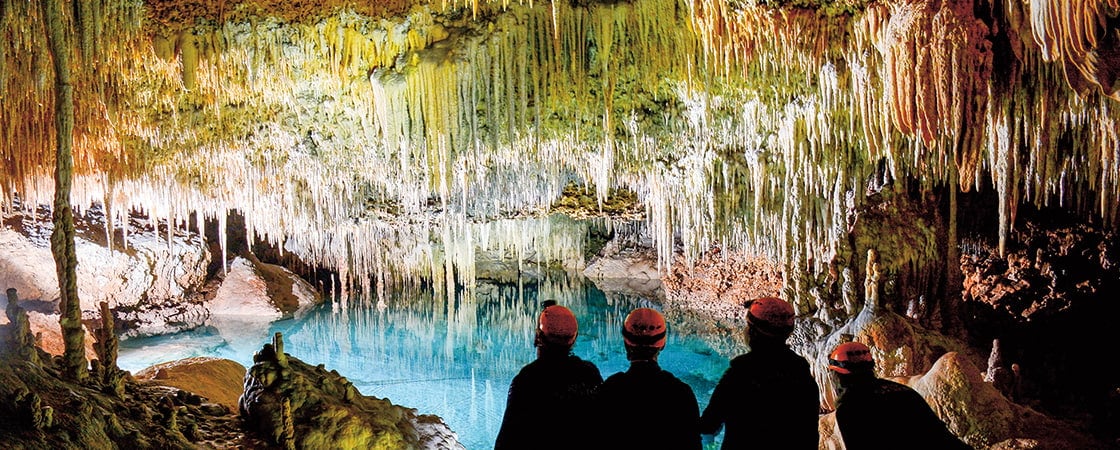It’s a bright winter day. Golden sunlight dances off the grass. Birds chirp as they fly through the blue sky. You’re about to leave this sunlit meadow and travel deep underground . . . into a giant cave.
Parts of it have been explored. Others are completely unknown. You take a deep breath. Then you begin to climb down into the dark and dangerous world below.
It’s a bright winter day. Golden sunshine covers the grass. Birds chirp as they fly through the blue sky. You’re about to leave this sunny meadow and travel deep underground . . . into a giant cave.
Parts of it have been explored. Other parts are completely unknown. You take a deep breath. Then you begin to climb down into the dark and dangerous world below.

